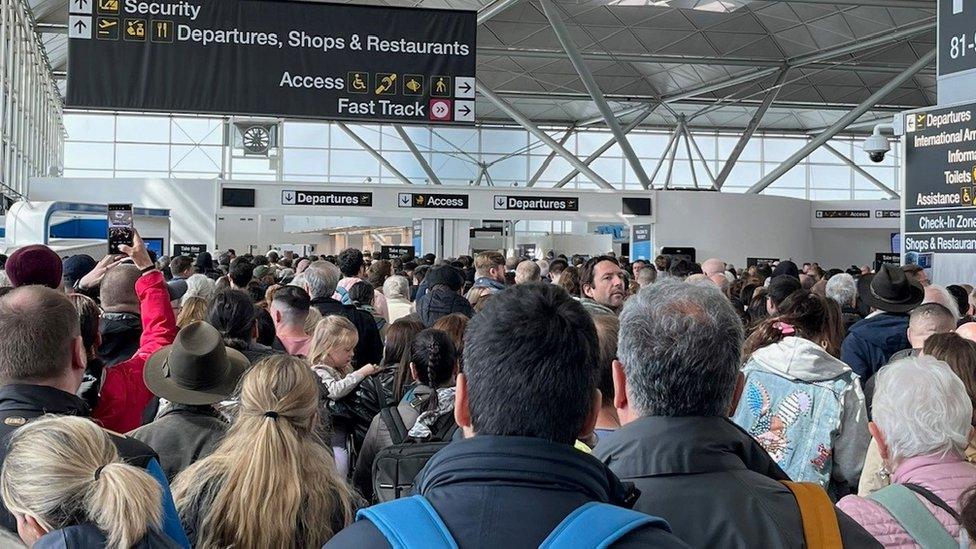'Hijacked plane was like a cold, dark tunnel'
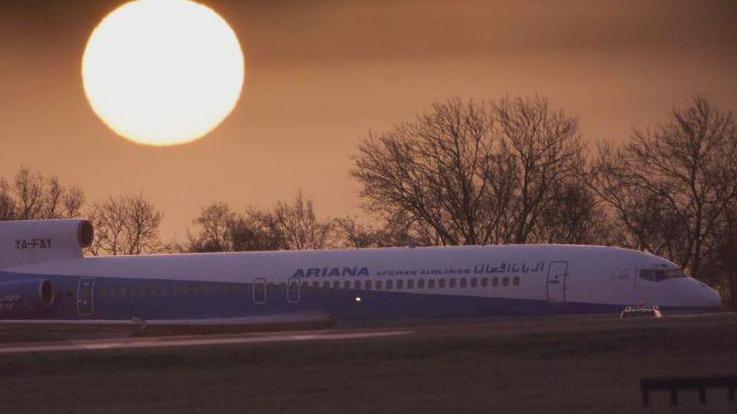
The Ariana Airlines flight was kept away from the main terminal after landing at Stansted
- Published
Twenty-five years ago, an Afghan airliner landed at London Stansted Airport, and so began the longest-ever hijack situation on British soil.
It would be another four days before the hostages were released and the hijacking came to an end.
The Boeing 727 Ariana Airlines jet was hijacked on 6 February 2000 after taking off from Kabul, Afghanistan, on an internal flight.
It had made stops in Uzbekistan, Kazakhstan and Moscow before landing in the north Essex countryside at Stansted, the UK's designated hijack airport, in the early hours of 7 February with more than 150 passengers on board.
BBC News has spoken to some of the airport workers and others about the role they played in the crisis.
'I can't even put into words what it was like'
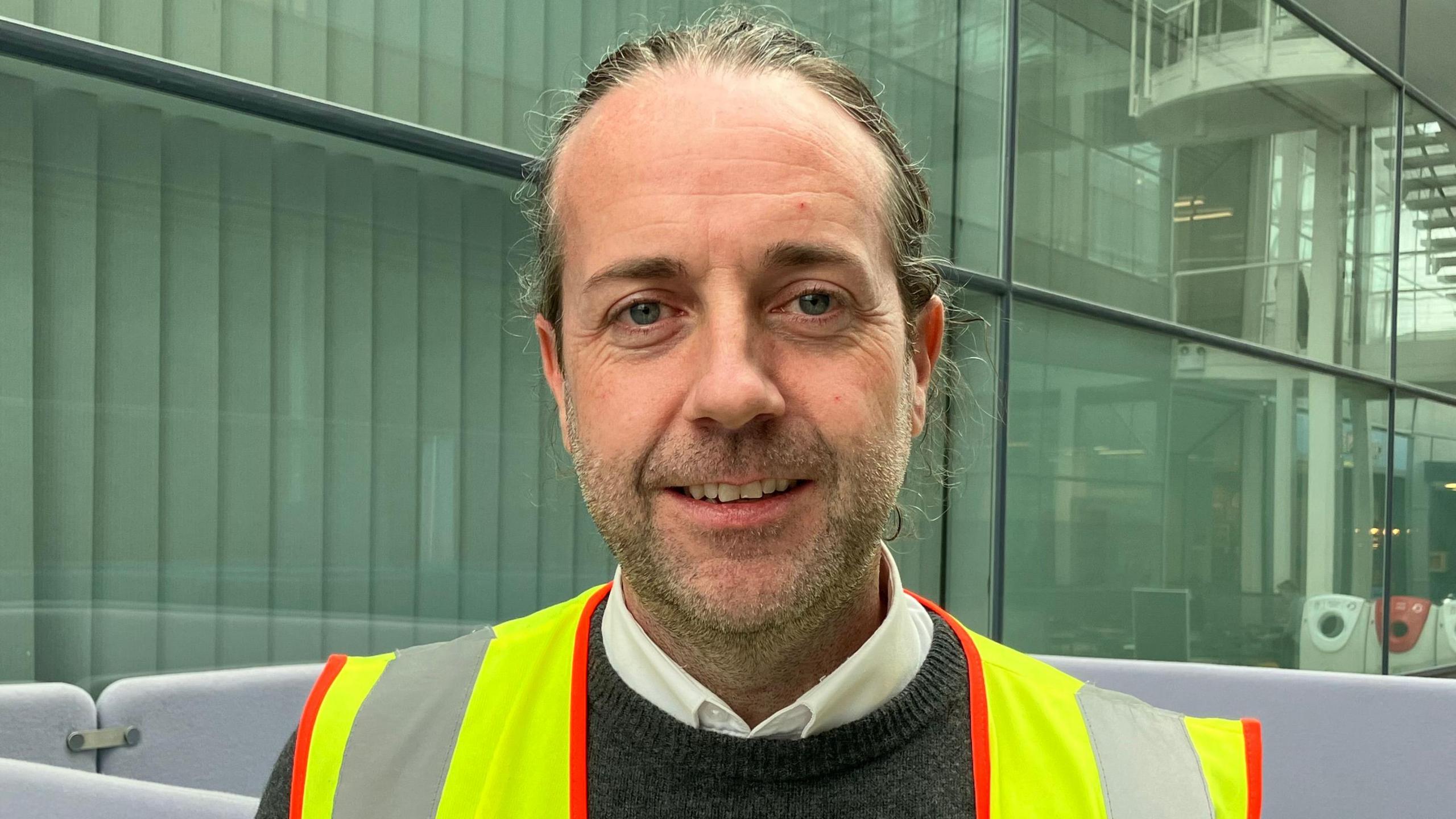
Curtis Walsh boarded the aircraft following the Stansted Airport hijack
Airport worker Curtis Walsh was 19 at the time.
He was sent over to disconnect ground power from the aircraft following the four-day crisis, and then went on board.
"I can't even put into words what it was like," he says.
"These people had been on that aircraft for four days. It was pretty awful.
"I remember just the silence on board the aircraft. As a passenger when you fly you are used to it being all lit up, and clean, and this was just cold and dark; just a cold, dark tunnel."
Now 45, he has since become a security trainer at the airport and refers to the hijacking during training sessions.
'I definitely had the adrenaline pumping'
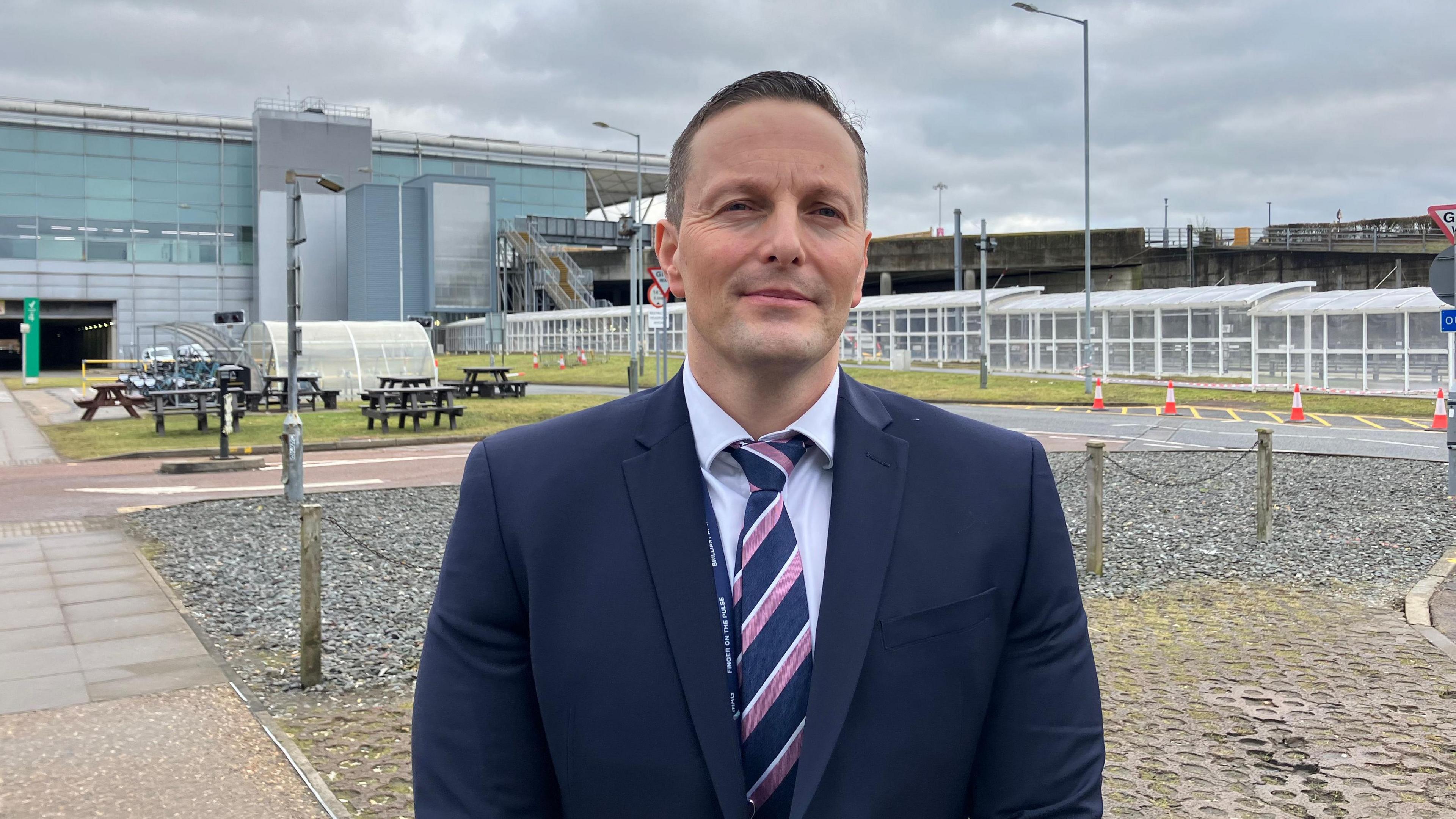
Alex Adams was a firefighter on standby during the hijacking
Alex Adams, 48, is head of fire and rescue operations at Stansted Airport, but back in 2000 he was a Green Watch firefighter, just 14 months into the job.
He had experienced disaster at the airport just a month and a half earlier, when a Korean Air cargo flight crashed shortly after take-off in December 1999.
During the hijack crisis, fire crews were put on standby while negotiations continued.
"We would get regular briefings and instructions, along the lines of 'Special forces have an intent to storm the aircraft if there isn't a resolution.'
"Fourteen months into service, I was thinking, 'This is quite an interesting place to work.' I definitely had the adrenaline pumping for some time."
'Everyone we saw was treated as hostile'
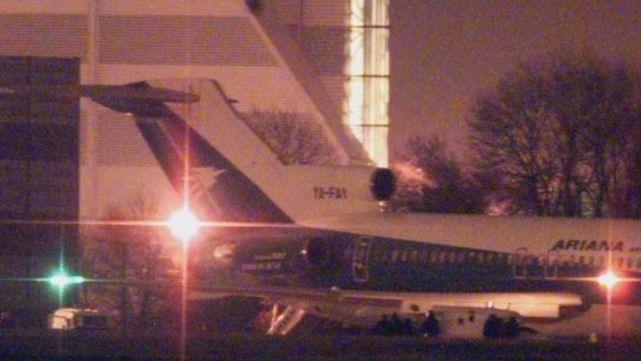
Special forces personnel were deployed at Stansted, ready to storm the aircraft if needed
Among the special forces personnel at the airport was Colin MacLachlan, then a 24-year-old soldier.
Previously based at barracks in Colchester, he had just come through selection for the Special Air Service (SAS).
He was paged to head to the airport and was the first special forces soldier on site, dressing as a police officer to blend in.
"I was watching the front of the plane," he remembers.
"You have to keep the line of sight and provide commentary as to what's going on. Everyone we saw was treated as hostile."
'You could see people coming out of the window'
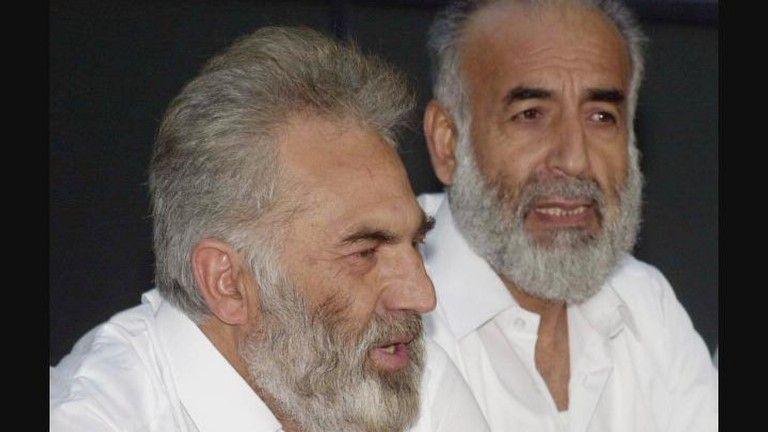
The flight crew of the hijacked airliner, Capt Said Nabi (left) and Capt Said Mehdi, spoke at a press conferences at the airport at the conclusion of the hijack
The crisis began to come to an end when the plane's captain and three senior crew members escaped through a cockpit window in the early hours of the fourth day.
Rona Wetherall-Young, now 53, worked in the airport's press office and was on duty that night.
"I remember watching Sky News as they had a live feed fixed on the aircraft," she recalls.
"It started showing movement inside the cockpit and you could see people coming out of the window. It was very exciting."
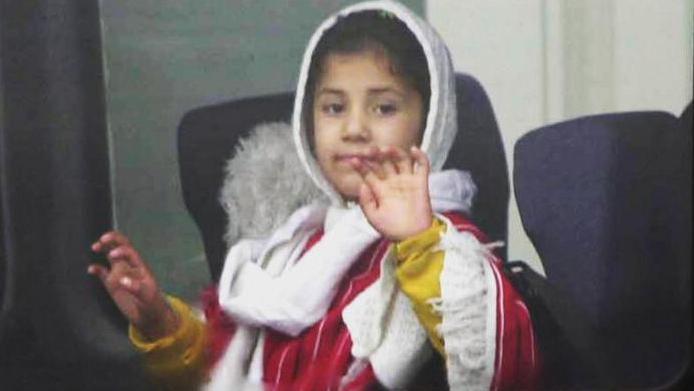
Sixty people from aboard the aircraft went on to claim asylum in the UK
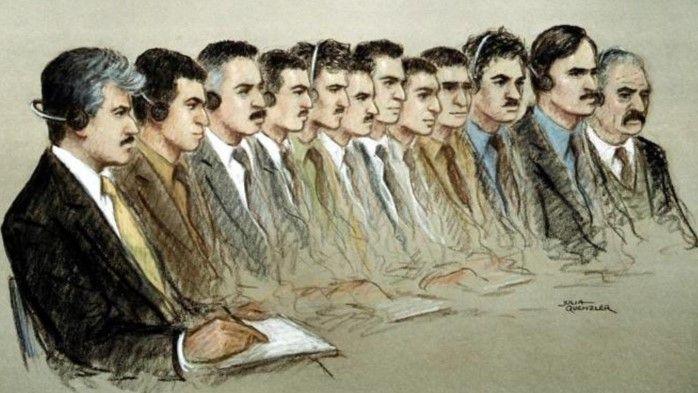
Nine Afghans were jailed in 2001 over the hijack, but were acquitted in 2003.
All hostages were released soon after, with 60 going on to claim asylum in the UK.
Nine Afghans were jailed in 2001 for hijacking, false imprisonment, and possession of firearms and explosives, but were acquitted in 2003 after they were found to have been acting under duress.
Listen: Stansted Hijack: 25 years on
Follow Essex news on BBC Sounds, Facebook, external, Instagram, external and X, external.
Related topics
More related stories
- Published20 January
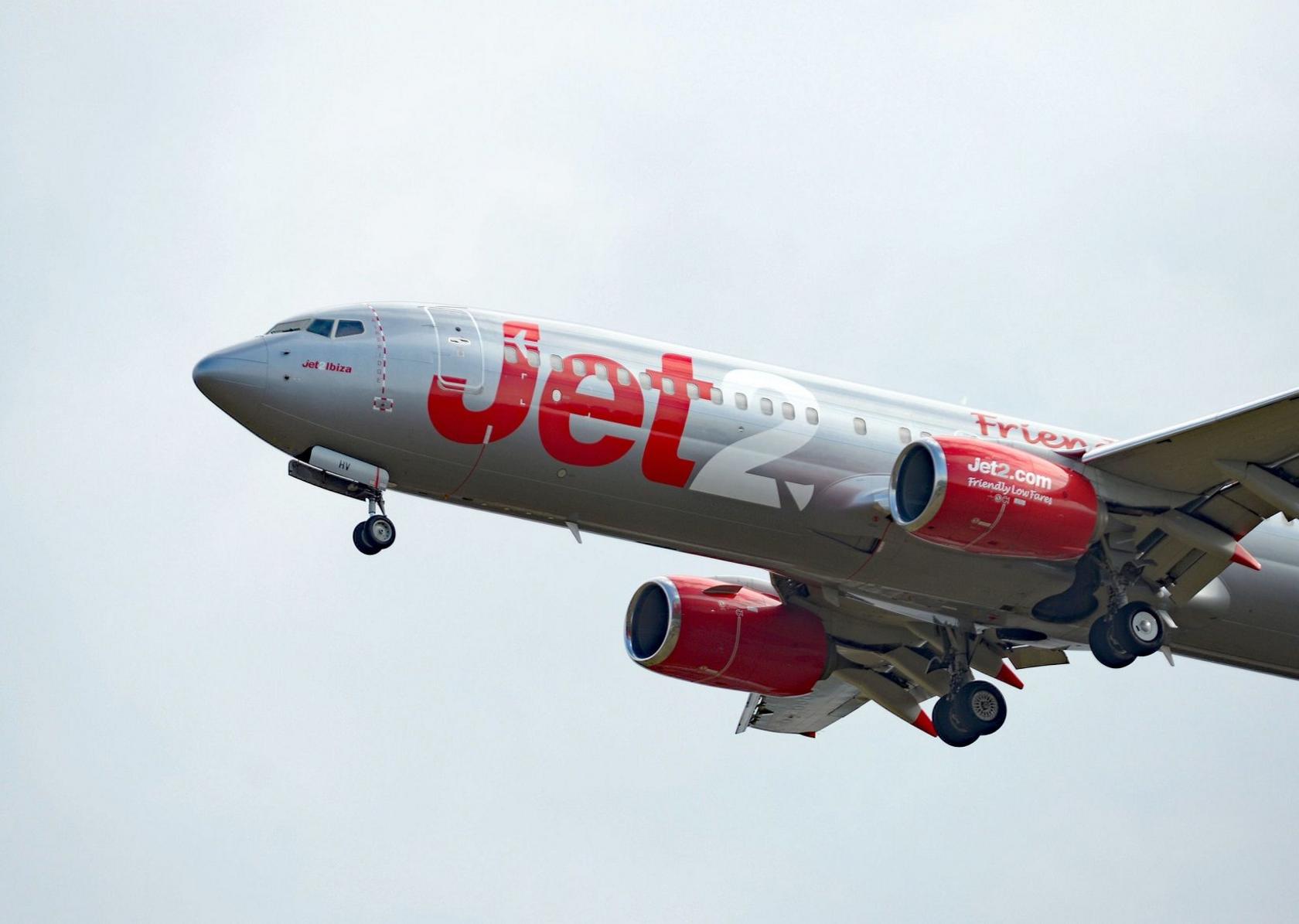
- Published14 October 2024
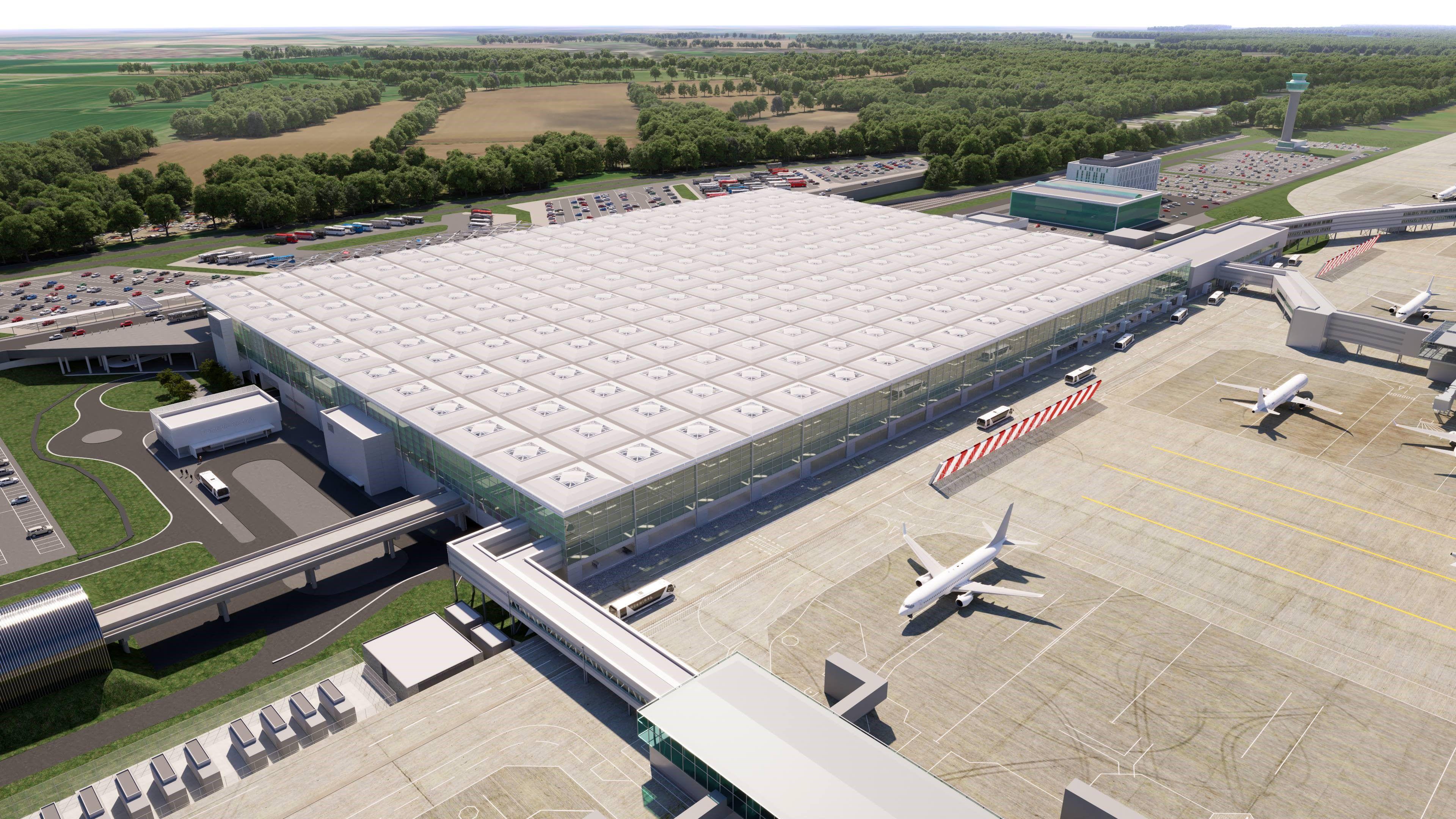
- Published29 April 2024
